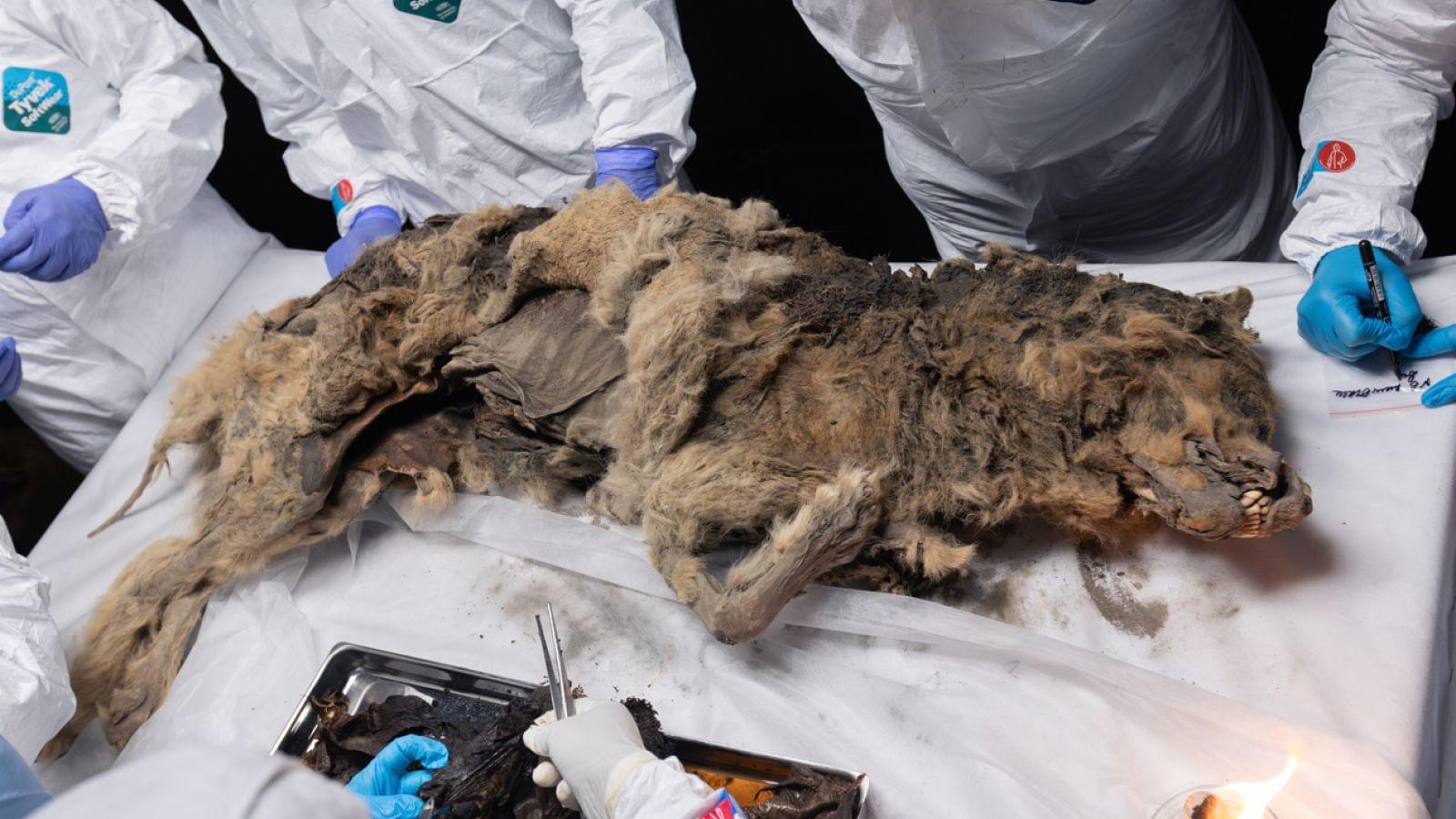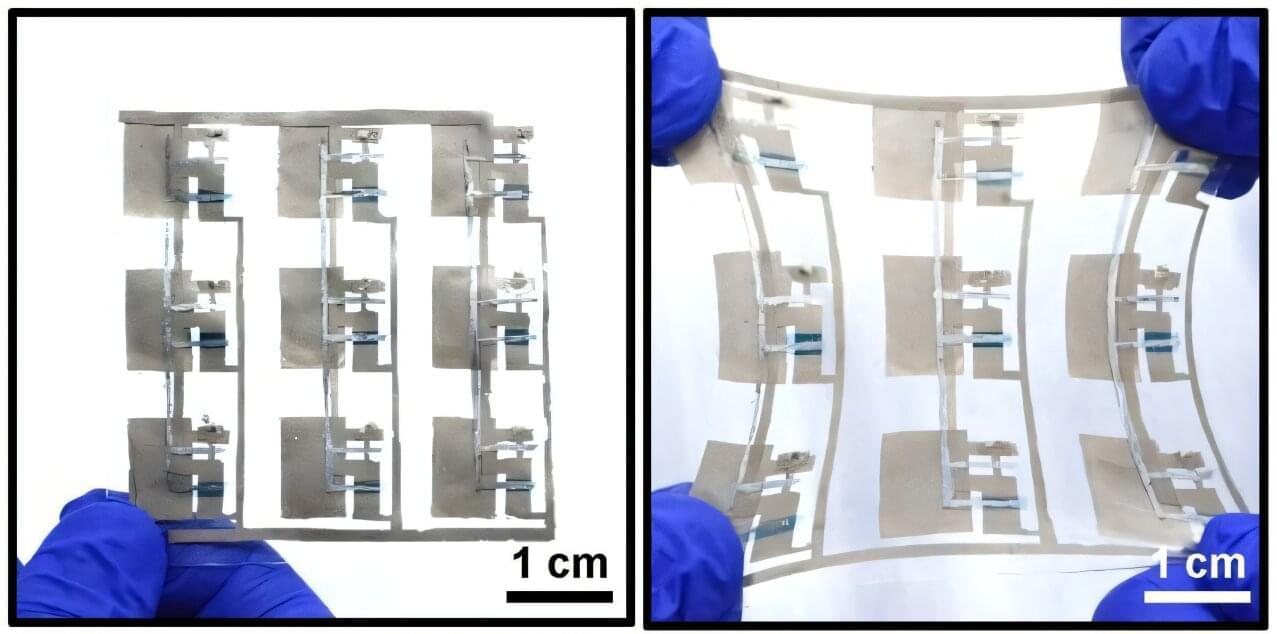Scientists perform necropsy on an ancient wolf pulled from Russian permafrost that may still have prey in its stomach.




“Our findings show that Mars didn’t simply go from wet to dry,” said Dr. Dimitra Atri. “Even after its lakes and rivers disappeared, small amounts of water continued to move underground, creating protected environments that could have supported microscopic life.”
How long did Mars have habitable conditions for life? This is what a recent study published in the Journal of Geophysical Research – Planets hopes to address as a team of scientists from New York University Abu Dhabi investigated how surface and subsurface environments could have provided conditions suitable for life for greater periods than previously thought. This study has the potential to help scientists better understand past environments on Mars and what this could mean for finding life beyond Earth.
For the study, the researchers analyzed data from NASA’s Curiosity rover, which is currently exploring Gale Crater, a location of ancient water on Mars. The researchers compared data from wind-formed features called dunes, potential ancient groundwater and subsurface water, and analog studies in the United Arab Emirates. Dunes are widespread on Mars and have long helped researchers understand global weather patterns, specifically regarding dust transportation. In the end, the researchers found that dunes interacting with watery environments could be potential locations to search for life on Mars, specifically regarding how they transported water from the surface to the subsurface.


In terms of objects, human touch has typically been understood to be limited to physical touch, where we detect objects through contact with our skin.
However, recent findings in animal have challenged this view. It is known that certain wading birds such as sandpipers and plovers, for example, use a form of ‘remote touch’ to detect prey hidden beneath the sand using their beaks.
Remote touch allows the detection of objects buried under granular materials, such as sand or soil, through subtle mechanical signals transmitted through the material when pressure is applied nearby.
The new study, published in IEEE International Conference on Development and Learning (ICDL), investigated whether humans share a similar capability to touch objects remotely.
The researchers asked 12 participants to move their fingers gently through sand to locate a hidden cube before physically touching it.
Remarkably, the results revealed a comparable ability to that seen in wading birds, despite humans lacking the specialised beak structures that enable this sense in birds.
By modelling the physical aspects of the remote touch phenomenon, the study found that human hands are remarkably sensitive, detecting the presence of buried objects by perceiving small displacements in the sand surrounding them with 70% precision within the expected detectable range.

A rare blackout hit the entire Dominican Republic on Tuesday, snarling traffic and paralyzing businesses in the country of nearly 11 million people.
Officials blamed a failure in the grid’s transmission system, although it wasn’t immediately clear what caused it.
Generation units in San Pedro de Macorís and the Quisqueya Power Plant shut down, triggering a cascade of failures at other transmission and generation plants, according to the Dominican Electricity Transmission Company, a decentralized state agency.

How a scientific mistake derailed Mars exploration for 50 years. What if Viking actually did discover life on Mars? See blog with our link to eLetter in Science at.
(https://bigthink.com/hard-science/how-a-scientific-mistake-f…ploration/)
All blogs and their links also on my website searchforlifeintheuniverse.com
In 1976, NASA’s Viking landers searched for life on Mars. The Viking team announced Mars was lifeless — but the data was ambiguous.

Researcher Cunjiang Yu and his research team, including several of his former students, have announced a significant milestone in materials and electronics engineering: the creation of what they call “rubbery CMOS,” which provides the same functionality as conventional CMOS (complementary metal–oxide–semiconductor) circuits, but is made from entirely different materials.
The research is published in the journal Science Advances.
The great benefit of rubbery CMOS is that it provides the circuit functionality of conventional CMOS while also being stretchable and deformable.


A newly discovered, remarkably well-preserved impact crater is shedding fresh light on how extraterrestrial bodies collide with Earth.
In the journal Matter and Radiation at Extremes, researchers from Shanghai and Guangzhou, China, report the discovery of the Jinlin crater: an impact structure nestled on a hillside and preserved within a thick granite weathering crust.
Located in Zhaoqing, Guangdong Province, China, it is one of only about 200 identified craters worldwide and is very young in geological years. Based on measurements of nearby soil erosion, it likely formed during the early-to-mid Holocene—our current geological epoch, which began at the end of the last ice age about 11,700 years ago.